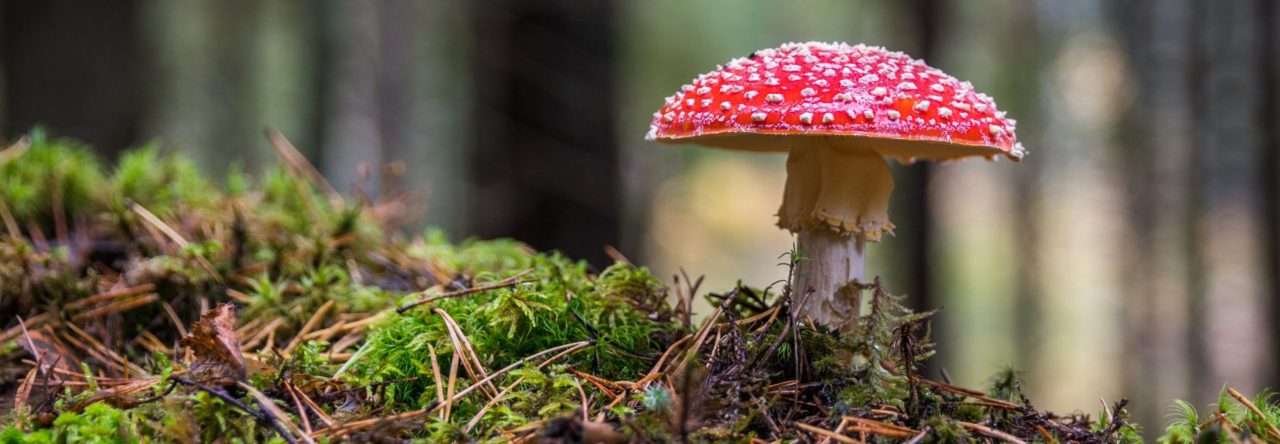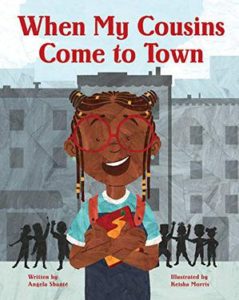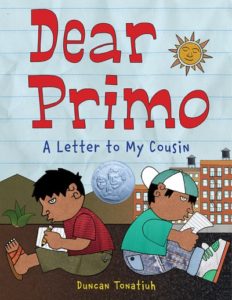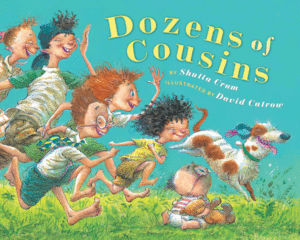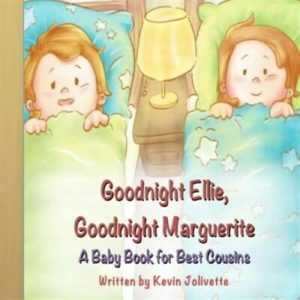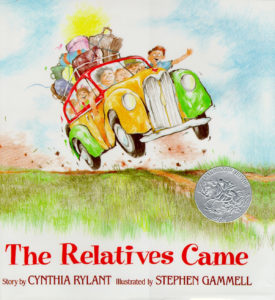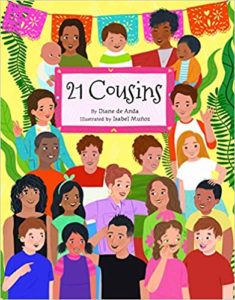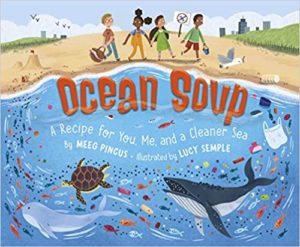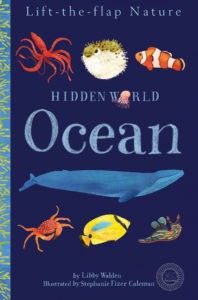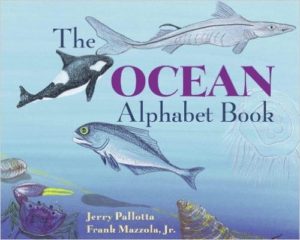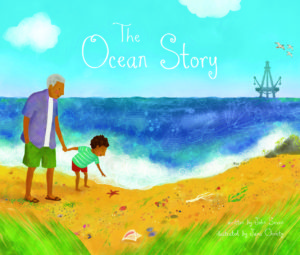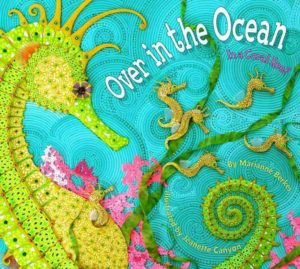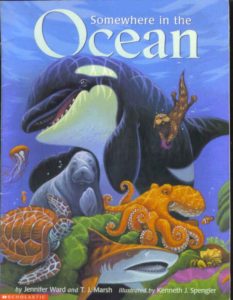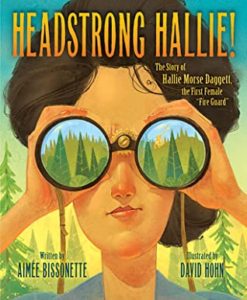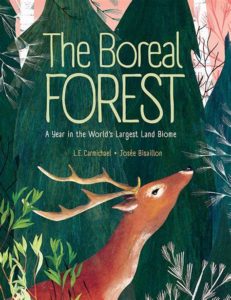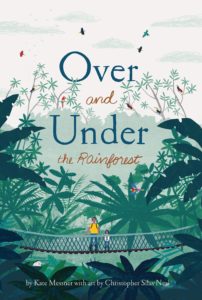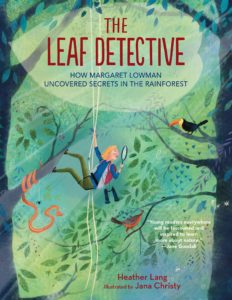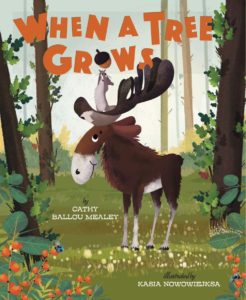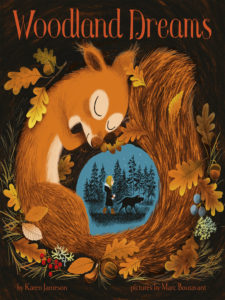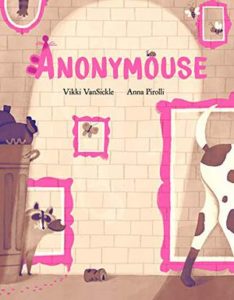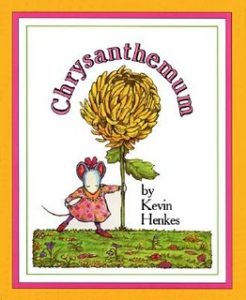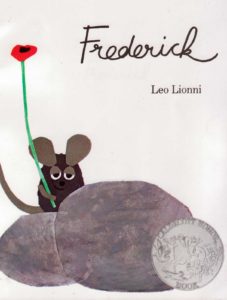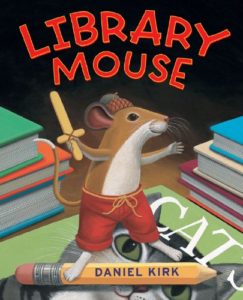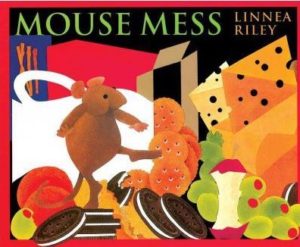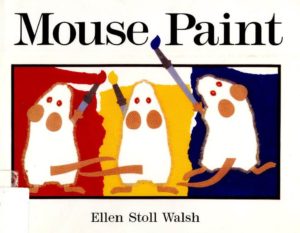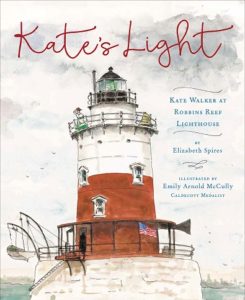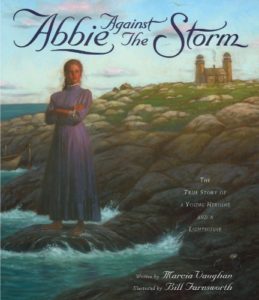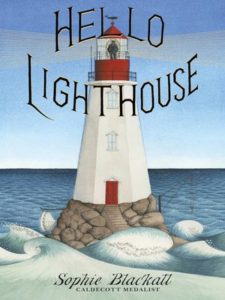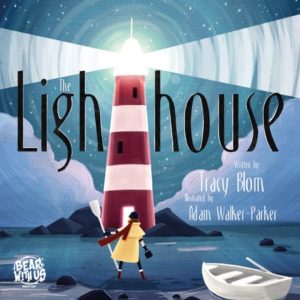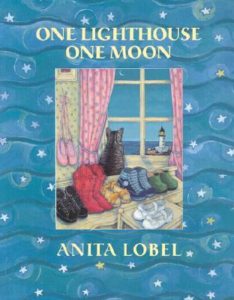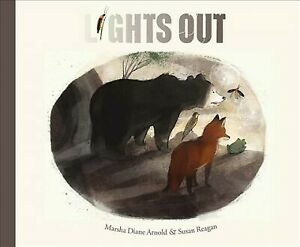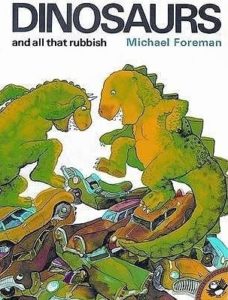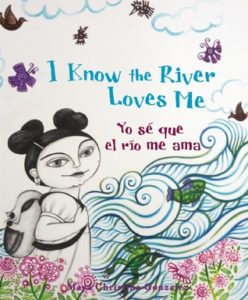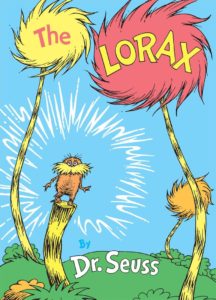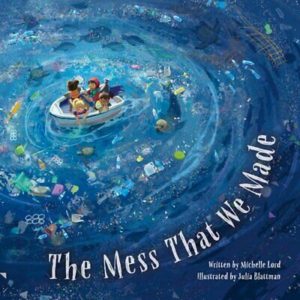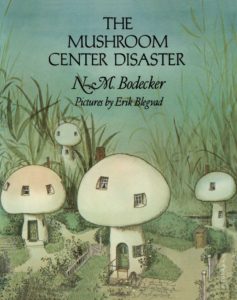When My Cousins Come to Town
Author: Angela Shanté
Illustrator: Keisha Morris
4 May 2021
West Margin Press
32 pages
Book description from Goodreads: “A fun, lively story of Black family and cousin culture that celebrates individuality and embraces differences.
Fitting in can be hard, but standing out isn’t easy either!
Every summer a young girl eagerly waits for her cousins to come visit and celebrate her birthday. All her cousins are unique in their own ways and have earned cool nicknames for themselves… except for the girl. But this year things are going to be different. This year before summer ends, she’s determined to earn her own nickname!
Filled with warmth, love, and laughter, When My Cousins Come to Town brings all the energy and love of a big family to prove that you don’t need to be anyone else to be special–just the way you are is exactly right!”
Need some reviews of When My Cousins Come to Town?
Educational Activities inspired by Angela Shanté’s When My Cousins Come to Town:
- Before Reading–From looking at the front and back cover:
- Where and when do you think this story takes place?
- What do you think of when you hear the word “cousins”?
- What emotion is the girl on the cover feeling?
- What are the shadow-figure kids on the cover doing?
- After Reading–Now that you’ve read the story:
- Was this a happy story, a sad story, or did you feel mixed emotions? Why?
- How important are nicknames in this story?
- How do these kids get their nicknames?
- Which of the nicknamed characters would you most like to hang out with? The Ambassador? Swift? DJ‑E? Someone else?
- How did you feel when the birthday present was lost?
- How does the girl feel about the nickname “Smurf”?
- Wordplay–The main character only wants one thing–a nickname. Let’s have some fun of our own with words and nicknames. For yourself, someone you know, or a character from this book:
- Make up a superhero nickname.
- Make up a food-related nickname.
- Make up a nickname that rhymes.
- Make up a nickname that’s inspired by a TV show or movie.
- Make up the silliest nickname ever.
- Make up another appropriate nickname for the main character of this story.
- Make up a nickname for this book!
- Research–Ask family members if they’ve ever had a nickname. If so, find out how they got it. Consider asking about old–or current!–nicknames of friends, neighbors, or distant relatives, too. See what you can learn about these people from the stories behind their nicknames.
- Further Reading–Which of these other picture books about cousins have you read? (Click on any book cover for more information on these titles!)

